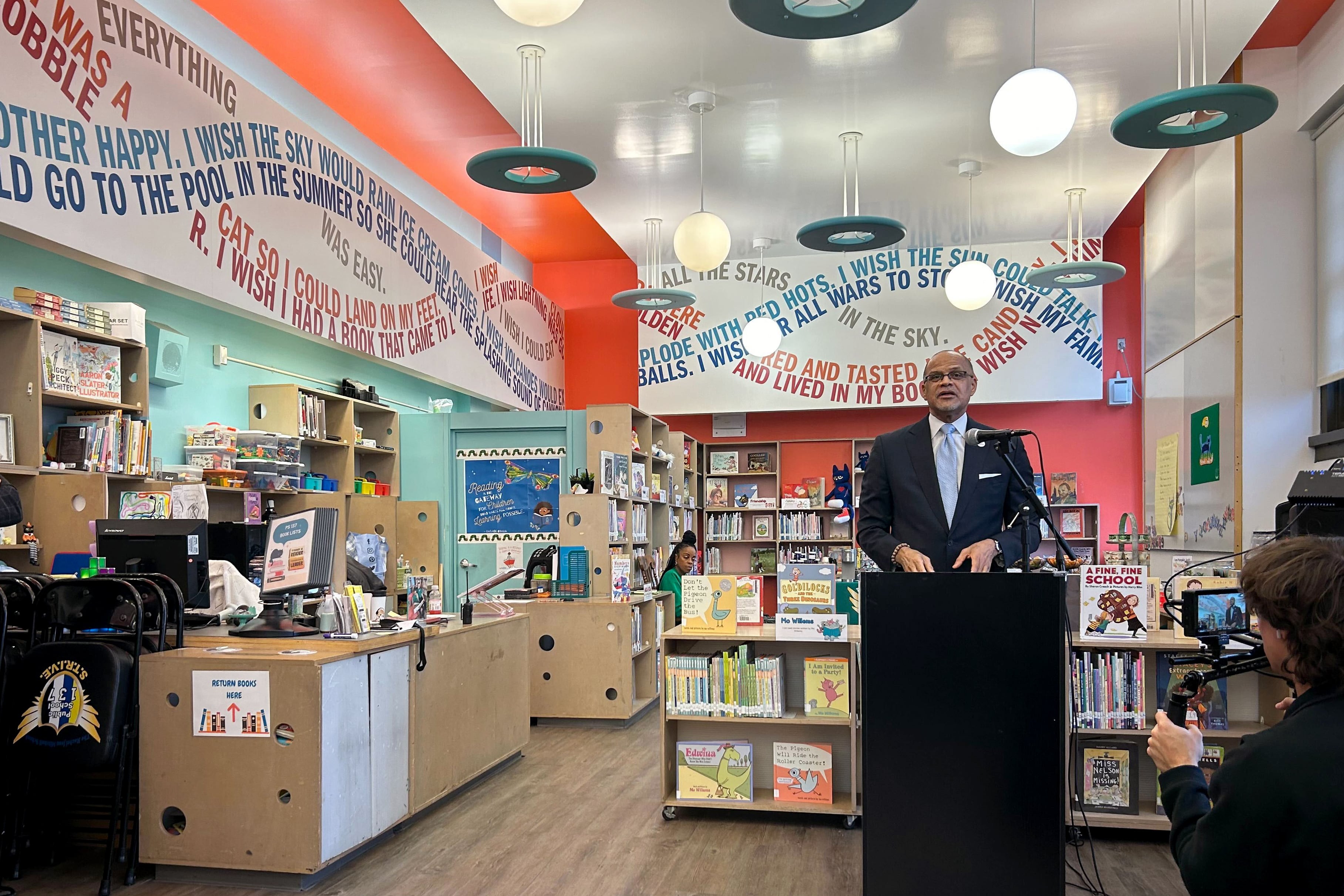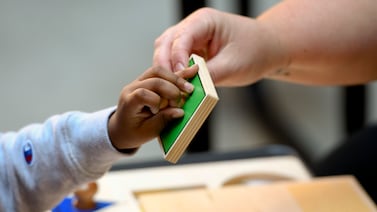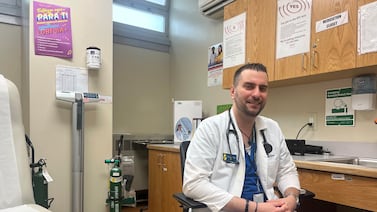For years, students and staff at Bushwick Leaders High School for Academic Excellence in Brooklyn had a recurring complaint about their aging school building: There were no working water fountains.
Staff and students tried in vain to get them fixed, and Principal Enrique Garcia resorted to stockpiling bottled water to hand out to thirsty students. Seventeen-year-old senior Gabrielle Smith felt compelled to act after a friend passed out on a sweltering day because of dehydration.
“That was the turning point for me and my mom. She was like, ‘I need to bring this issue up, I need to do something,’” Smith recalled.
Her mom, Florence Knights, brought the problem to East Brooklyn Congregations, the four-decade-old network of faith-based community organizations that helped found the school. Leaders from that group got the attention of First Deputy Chancellor Dan Weisberg, who came to the school to meet with families and staff in spring 2022.
“The day after he met with us, water and AC units were brought into our school,” Smith recalled.
City officials are now looking at Bushwick Leaders’ partnership with the community organization as a model of how to improve conditions in other schools and districts that have been historically overlooked when it comes to facilities upgrades, schools Chancellor David Banks said Thursday.
That means bringing in community organizations to work with school staff and families to identify the most critical facilities upgrades and setting aside funds in the Education Department’s capital plan for targeted districts. The resulting “campus revival project” began in the 2022-23 school year in Brownsville’s District 23 with $10 million in capital funding, and it will expand next year to District 5 in Harlem, District 7 in the South Bronx, and District 29 in southern Queens.
“When you have a building that is in disrepair it sends a message to kids subliminally about how important we really think you are,” Banks said. He added that he’s noticed that some schools have “out of order” signs hanging on water fountains for a year, while others see the problem fixed in a day.
P.S. 137 in Ocean Hill Brownsville, where Banks spoke Thursday, was one beneficiary of the new initiative. The school got a library redesign after several years during which the space was out of date and unusable, according to the principal.
Shaun Lee, the lead pastor at Mount Lebanon Baptist Church, recalled hearing in a spring 2022 meeting with District 23 families and school staff about “young scholars not going to the restroom because of broken and dilapidated bathrooms. Not being able to hydrate because water fountains were broken. Struggling to concentrate on hot days because there’s no air conditioning.”
The listening sessions surfaced a total of 168 repairs that the Education Department pledged to address. Facilities workers completed 117 of them last year, and expect to finish most of the rest this year. Some of the larger projects, like an upgraded swimming pool, will take longer, a spokesperson said.
Officials said schools in the three districts participating in the expansion of the campus revival initiative next year are currently working with community-based organizations to identify the problems they want fixed. Funding for repairs in those districts will depend on what problems the schools and community groups identify, a department spokesperson said.
Garcia, the principal of Bushwick Leaders, said community organizations were a key ingredient in getting the fixes.
“They connect the dots,” he said. “They have relationships with other organizations, they have relationships with elected officials. They’re able to get everyone into the same room.”
Garcia said he hopes this new focus and approach to targeting facilities in overlooked communities can begin to address the stubborn disparities in school buildings he’s witnessed first hand.
“I went to LaGuardia High School. I had students in my class who were from very affluent families. We had an escalator in the building, the water fountains worked,” he said. “You see the difference when you go to other school communities. It’s an injustice when you go to a school in Bushwick, or in District 23 and it’s not the same.”
Michael Elsen-Rooney is a reporter for Chalkbeat New York, covering NYC public schools. Contact Michael at melsen-rooney@chalkbeat.org.






